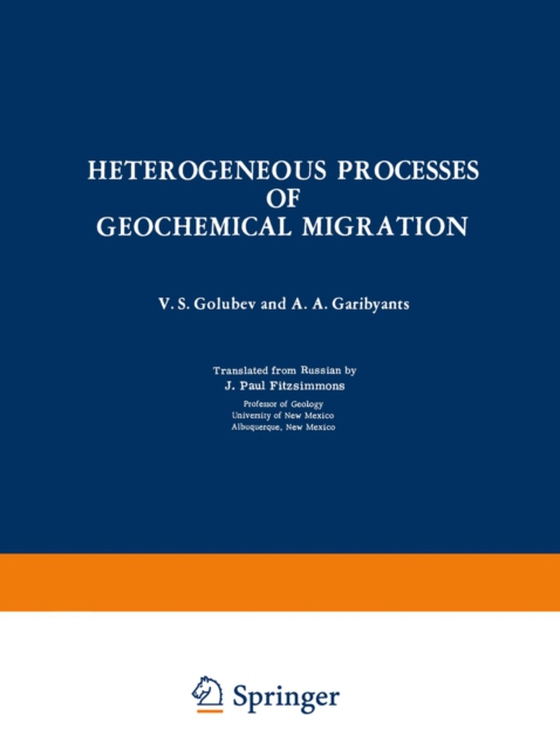
Heterogeneous Processes of Geochemical Migration e-bog
546,06 DKK
(ekskl. moms 436,85 DKK)
The problem of the geochemical migration of elements has received wide attention in the works of V. I. Vernadskii and A. E. Fersman [1, 2J. Vernadskii considered geochemistry to be the science of the history of chemical elements on the earth, their distribution and move- ments in space and time, and their genetic relations [IJ. Geochemical migration was defined by Fersman as "e;the movement...
E-bog
546,06 DKK
Forlag
Springer
Udgivet
6 december 2012
Genrer
RBGK
Sprog
English
Format
pdf
Beskyttelse
LCP
ISBN
9781468415872
The problem of the geochemical migration of elements has received wide attention in the works of V. I. Vernadskii and A. E. Fersman [1, 2J. Vernadskii considered geochemistry to be the science of the history of chemical elements on the earth, their distribution and move- ments in space and time, and their genetic relations [IJ. Geochemical migration was defined by Fersman as "e;the movement of chemical elements in the earth's crust leading to their dissemination or concentration. "e; The views of Vernadskii and Fersman on the migration of elements have received added support and development in connection with successes in physics, chemistry, biology, and other sciences. According to Fersman, the earth is looked upon as a cosmic body, characterized by common origin and Similarity of composition with the sun, the planets, meteorites, and other bodies of the solar system. The scale and trend of geochemical migration of elements in the earth are determined by the initial state of terrestrial matter, its thermal history, and the scale of time. The rules of elemental migration are determined by internal and exterual fac- tors. Fersman distinguishes five groups of internal factors, i. e.
 Dansk
Dansk

